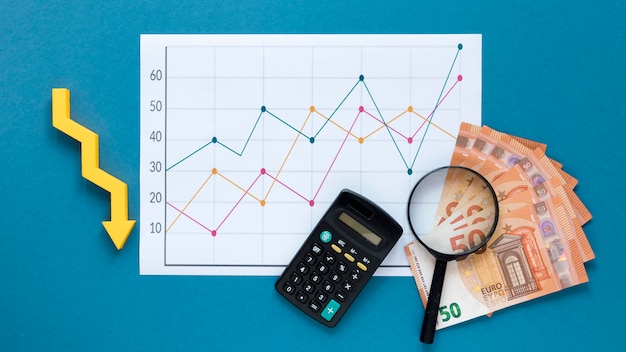
Comparing daily expenses between different countries can be quite intriguing. It helps us see the differences in living standards by looking at the costs of everyday items like milk, jeans, or utilities, which are familiar to everyone.
We all understand banking since most of us have opened a checking account or applied for a credit card. However, in places like the Middle East, modern banking isn’t as widespread. In Egypt, for example, many people don’t use banking services because they earn too little. The same goes for Jordan, where consumer banking isn’t very common, although loans, credit cards, and other financial services are available.
Tourists in these areas might not worry about the low-interest rates of local banks, but they do care about the availability of ATMs and card machines when their cash runs low. They also notice the cost of living differences when shopping for souvenirs and other items.
You can compare the cost of everyday items in an American city like New York with cities in the Middle East such as Amman (Jordan), Doha (Qatar), Cairo (Egypt), and Dubai (United Arab Emirates). Although a simple price comparison won’t capture all economic differences, it’s still fascinating. All this data is sourced from Numbeo.
For instance, milk is cheaper in New York than in all the Middle Eastern cities we looked at, with the price difference ranging from three cents in Cairo to 53 cents in Doha. Bread is more affordable in the Middle East; a fresh loaf costs $2.00 less in Amman, Cairo, and Dubai compared to New York. When it comes to eggs, they are most expensive in Dubai at $2.66 per dozen, while Cairo offers the cheapest at $1.60.
Wine prices also vary significantly. A mid-range bottle that costs around $15 in New York would be $4.53 to $7.65 more in the Middle Eastern countries, except in Cairo where it’s $4.75 cheaper. Clothes and shoes also tend to be more expensive in Middle Eastern cities compared to New York.
It’s pretty interesting to make these price comparisons!